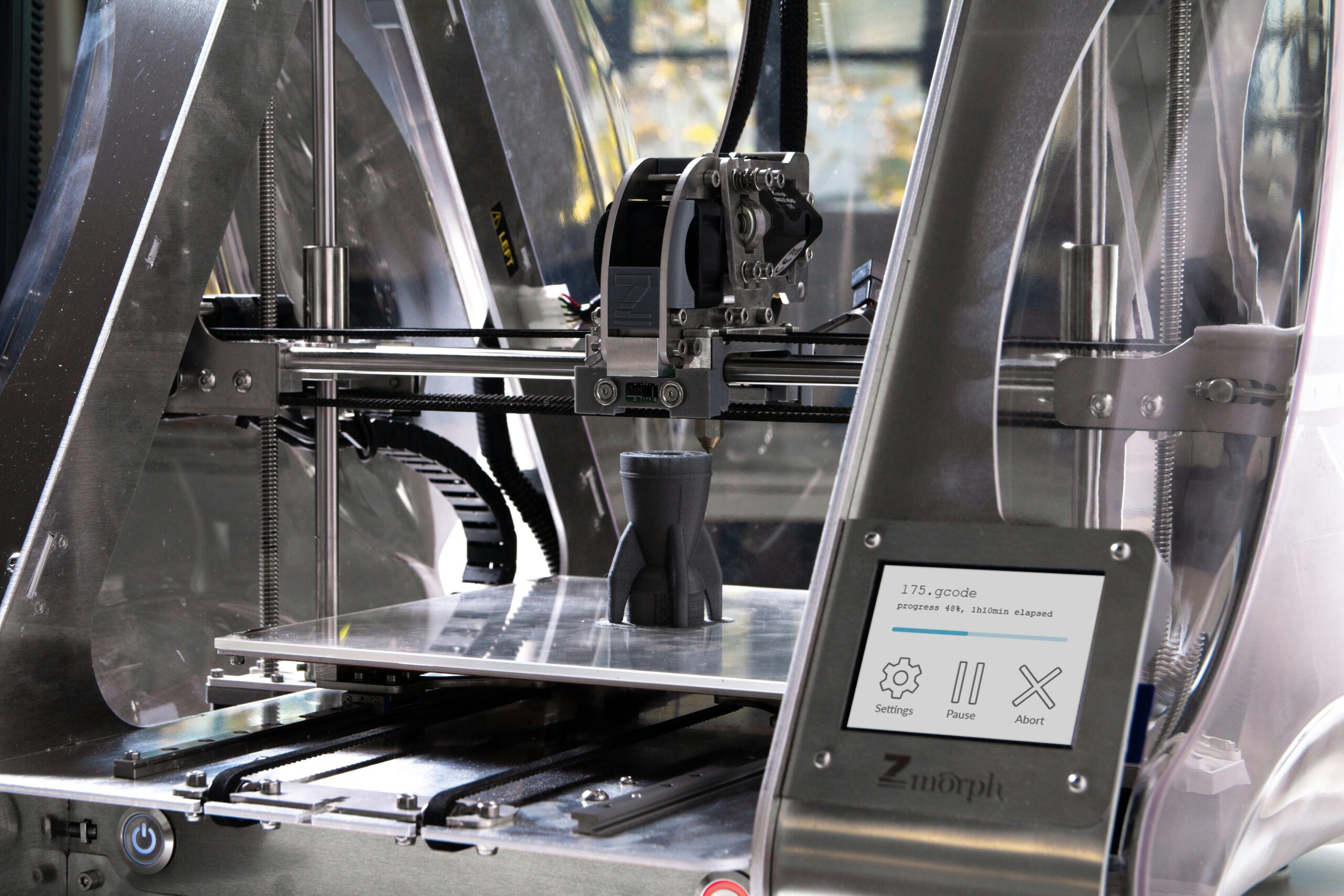
- arrow_back Home
- keyboard_arrow_right 3D Printing
Exploring Selective Laser Sintering: A Comprehensive Guide
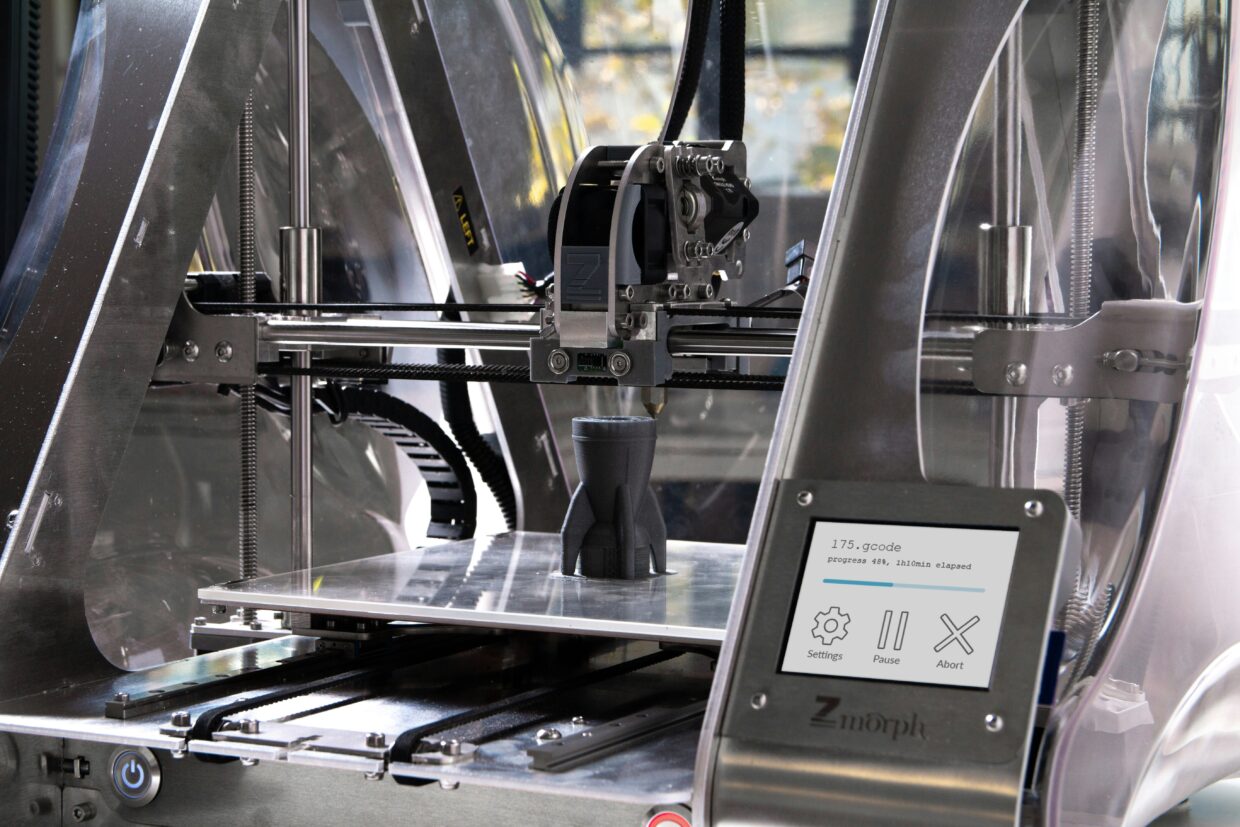
3D Printing Chris Wyatt 3 June 2024
Welcome to “Exploring Selective Laser Sintering: A Comprehensive Guide.” In this informative guide, you’ll dive into the fascinating world of Selective Laser Sintering (SLS), a cutting-edge 3D printing technology. You’ll explore the different types of 3D printers available, the unique filaments they use, and the crucial safety concerns associated with them. Whether you’re a curious beginner or an experienced enthusiast, you’ll find valuable insights and practical tips to enhance your 3D printing journey. Have you ever wondered how magic-like objects are created seemingly out of thin air? Well, welcome to the fascinating world of 3D printing! Specifically, today we’ll dive into the captivating process of Selective Laser Sintering (SLS), an advanced and versatile 3D printing technology. By the end of this article, you’ll be something of an SLS expert, ready to impress with your newfound knowledge.
Exploring Selective Laser Sintering: A Comprehensive Guide
Selective Laser Sintering (SLS) opens up endless possibilities in manufacturing and design. This technology is part of the broader realm of 3D printing, which can seem quite intricate at first glance. So, let’s break it down piece by piece to make it more digestible.
What is 3D Printing?
3D printing, also known as additive manufacturing, refers to various processes used to synthesize a three-dimensional object. Successive layers of material are laid down under computer control to create an object. These objects can be virtually anything, from functional parts to aesthetic pieces.
Different Types of 3D Printers
The 3D printing world is quite extensive, with numerous technologies catering to different needs. Here are some of the most common types:
Fused Deposition Modeling (FDM): Perhaps the most widely recognized 3D printing technology, where a filament material is melted and deposited layer by layer to form an object. Popular filaments include PLA (Polylactic Acid) and ABS (Acrylonitrile Butadiene Styrene).
Stereolithography (SLA): SLA printers use a UV laser to cure and harden photopolymer resin layer by layer. This technology is known for producing highly detailed and smooth objects.
Digital Light Processing (DLP): Similar to SLA, DLP uses a digital light projector screen to flash an image of an entire layer at once, curing the resin.
Selective Laser Sintering (SLS): And here comes our star of the show, SLS uses a high-powered laser to fuse small particles of powder together.
Safety Concerns
While 3D printing is incredibly exciting, safety should never be overlooked. Depending on the printer type and the materials being used, you may face hazards such as fine particulates, noxious fumes, or even high-temperature components. Ensure you use appropriate ventilation, protective equipment, and follow manufacturer safety guidelines.
What is Selective Laser Sintering (SLS)?
Selective Laser Sintering (SLS) is a powder bed fusion technology. It utilizes a high-powered laser to selectively fuse powder particles layer by layer according to your design specifications. Let’s take a closer look at how it all works.
How SLS Works
Here’s a step-by-step rundown of the SLS process:
- Preparation: A digital 3D model is sliced into layers and transferred to the SLS printer.
- Layering: A thin layer of powder material (usually plastic, metal, or ceramic) is spread across the build platform.
- Laser Scanning: A laser beam selectively fuses the powder particles by scanning the cross-sections of the object layer by layer.
- Repeat: The platform lowers by the thickness of one layer, and a new layer of powder is spread over. The process repeats until the object is fully formed.
- Cooling and Finishing: Once printing is complete, the object cools within the powder bed. Unfused powder is then removed and can often be reused.
Why Choose SLS?
SLS offers several advantages that make it a compelling choice for various applications:
- Complex Geometries: SLS can create highly intricate designs that would be impossible with traditional manufacturing.
- Material Versatility: The technology supports a wide range of materials, including plastics, metals, and ceramics.
- No Need for Support Structures: The surrounding unfused powder acts as a natural support for overhanging parts, eliminating the need for additional support structures.
- Durability and Functionality: Parts produced with SLS are generally very strong and can be used for functional testing and end-use applications.
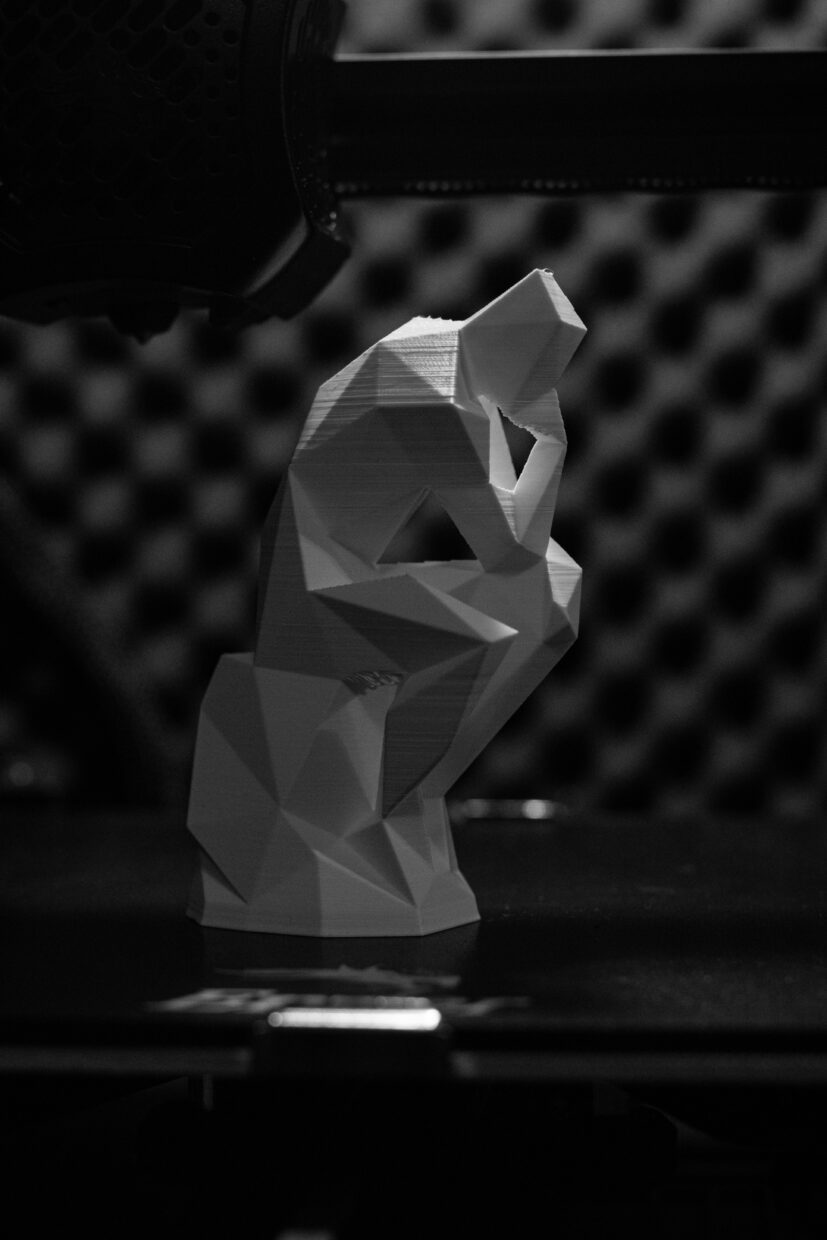
Materials Used in SLS
One of the remarkable features of SLS is its compatibility with a variety of materials. Different materials can be used depending on the required properties of the end product.
Types of Materials
Here’s a list of some common materials used:
| Material Type | Example | Properties | Common Applications |
|---|---|---|---|
| Plastic | Nylon (Polyamide) | Strong, lightweight, flexible | Prototypes, end-use parts, aerospace components |
| Metal | Stainless Steel, Aluminum | High strength, conductive | Aerospace, medical implants, automotive parts |
| Ceramic | Alumina, Zirconia | High temperature resistance, biocompatible | Medical implants, electrical components, aerospace |
Material Properties
Each material type has distinct properties that make it suitable for specific applications. For instance, Nylon is highly flexible and ideal for creating functional prototypes, while metals like stainless steel provide the strength required for more demanding applications like aerospace components.
SLS in Action: Applications
Selective Laser Sintering is highly versatile, contributing to a wide array of industries. Let’s explore some of the areas where SLS shines the brightest.
Aerospace
In the aerospace sector, weight reduction without compromising strength is critical. SLS enables the production of lightweight yet robust components, such as brackets and panels, which were previously impossible or expensive to manufacture using traditional methods.
Medical
The medical field requires tailormade solutions that cater to individual patient needs. SLS is particularly useful for creating customized implants and prosthetics. Biocompatible ceramic materials can be used to fabricate bone implants that accurately match the patient’s anatomy.
Automotive
Automotive industries benefit greatly from rapid prototyping and low-volume production runs. Functional testing can be carried out on parts like gears, housings, and brackets. SLS allows designers to quickly iterate and refine their designs based on real-world testing.
Consumer Products
From eyewear to footwear, SLS allows the creation of highly customized and intricate consumer products. Its ability to produce small to medium batches cost-effectively makes it a favorite for startups looking to manufacture personalized products.
Architecture
In architecture, SLS is used to create detailed models and intricate facades that capture the complexity and aesthetics of modern design. This aids architects in visualizing their projects and communicating their vision effectively.

The SLS Workflow
Understanding the workflow of SLS is crucial for achieving optimal results. From designing to post-processing, each step plays a vital role in the overall success of the final product.
Design Phase
Start with a high-quality digital 3D model. Software options like AutoCAD, SolidWorks, and Blender can help you create and refine your design. Ensure the model is optimized for 3D printing, considering wall thickness, overhangs, and other critical features.
Slicing
Once the design is ready, slicing software converts the 3D model into layers, generating a set of instructions for the SLS printer. Common slicing software packages include Cura, PrusaSlicer, and Simplify3D.
Printing
The actual printing process involves the SLS machine laying down a thin layer of powder material, followed by the selective fusion using a laser. The platform then lowers to allow for the next layer, and the process continues until the print is complete.
Cooling
Upon completion, it’s essential to let the printed part cool down within the powder bed to avoid warping and ensure dimensional accuracy.
Post-Processing
Finally, the printed part undergoes post-processing steps, which may include the removal of any excess powder, surface finishing, and additional treatments like polishing or painting.
Challenges and Limitations of SLS
While SLS is incredibly versatile, it’s not without its challenges. Understanding these limitations can help you make more informed decisions and set realistic expectations.
High Initial Costs
SLS machines and materials can be quite expensive, making the initial investment significant. However, the costs are often justified by the versatility and functionality of the parts produced.
Material Waste
Though unused powder can often be recycled, there’s still some degree of material waste. Efficient management and recycling practices are needed to minimize this waste.
Finishing Requirements
Parts produced using SLS often require post-processing to achieve the desired finish and precision. This can include sanding, polishing, and coloring, adding to the overall production time and cost.
Learning Curve
Mastering SLS technology requires a good understanding of the process, materials, and software involved. While it is user-friendly at an entry-level, pushing the boundaries with complex designs involves a steep learning curve.
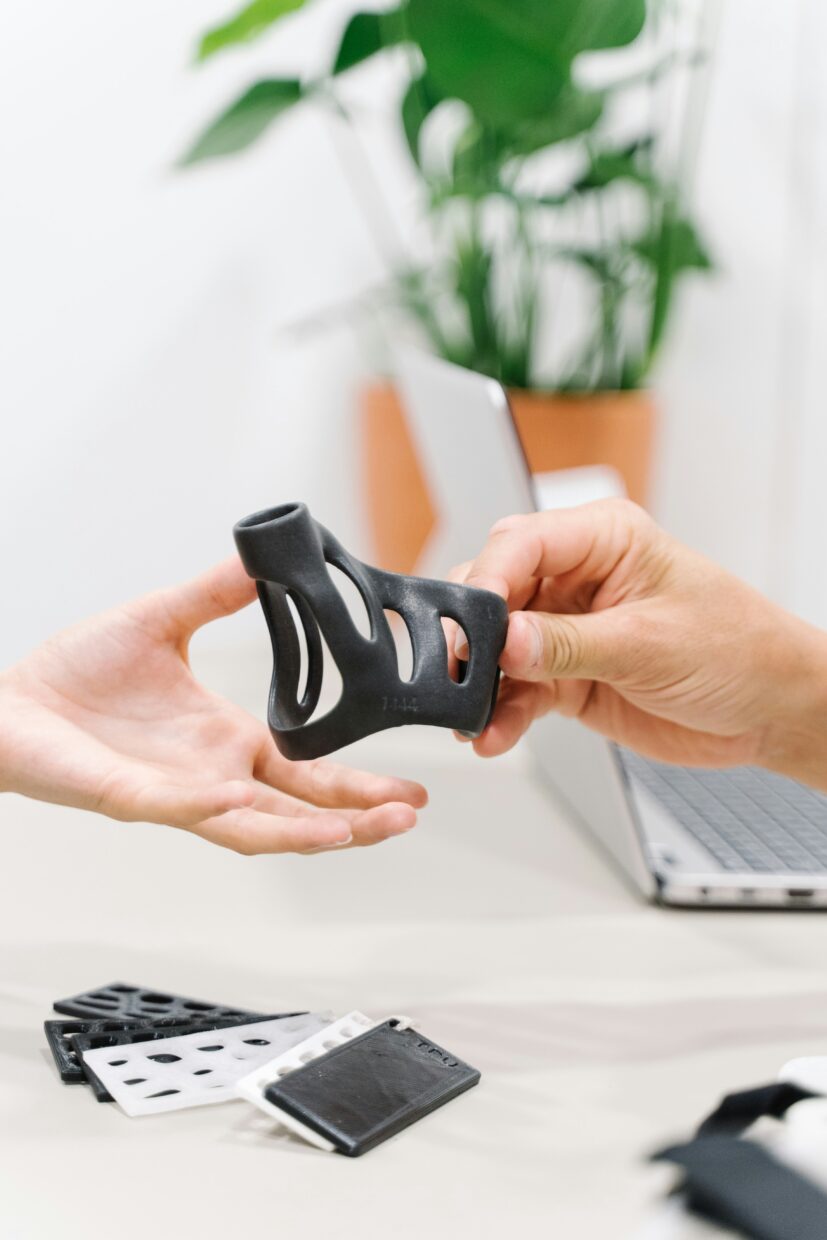
Future of Selective Laser Sintering
The future of SLS looks incredibly promising. With advancements in technology, materials, and processes, SLS is set to revolutionize manufacturing across various industries.
New Materials
Continuous research is bringing new materials into the SLS arena, including more sustainable and high-performance options. This opens up possibilities for even more specialized applications.
Speed and Efficiency
As technology matures, SLS machines are becoming faster and more efficient. This means quicker turnaround times and more cost-effective production runs, making them accessible for small to medium enterprises.
Enhanced Capabilities
Future developments could lead to enhanced capabilities, like the ability to print multi-material objects in a single run. This would further expand the scope and versatility of SLS technology.
Integration with Other Technologies
Combining SLS with other manufacturing technologies, like CNC machining or injection molding, can yield hybrid approaches that leverage the strengths of each method for even better results.
DIY and Desktop SLS Printers
Most SLS machines are industrial-grade and come with a hefty price tag. However, there are emerging options for desktop SLS printers aimed at hobbyists and small businesses. These smaller-scale machines bring the power of SLS to a broader audience.
What to Look for in a Desktop SLS Printer
When considering a desktop SLS printer, look for features like:
- Build Volume: Ensure the printer has a sufficient build volume for your needs.
- Material Compatibility: Check what materials can be used with the printer.
- Ease of Use: Look for user-friendly software and reliable customer support.
- Cost: Consider not just the machine cost but also the price of consumables and maintenance.
Popular Desktop SLS Printers
Some popular models include:
| Printer Model | Build Volume | Materials | Cost ($) |
|---|---|---|---|
| Formlabs Fuse 1 | 165 x 165 x 300 mm | Nylon | 18,000 |
| Sinterit Lisa Pro | 150 x 200 x 260 mm | Nylon | 12,000 |
| Sintratec Kit | 110 x 110 x 110 mm | Nylon | 5,000 |
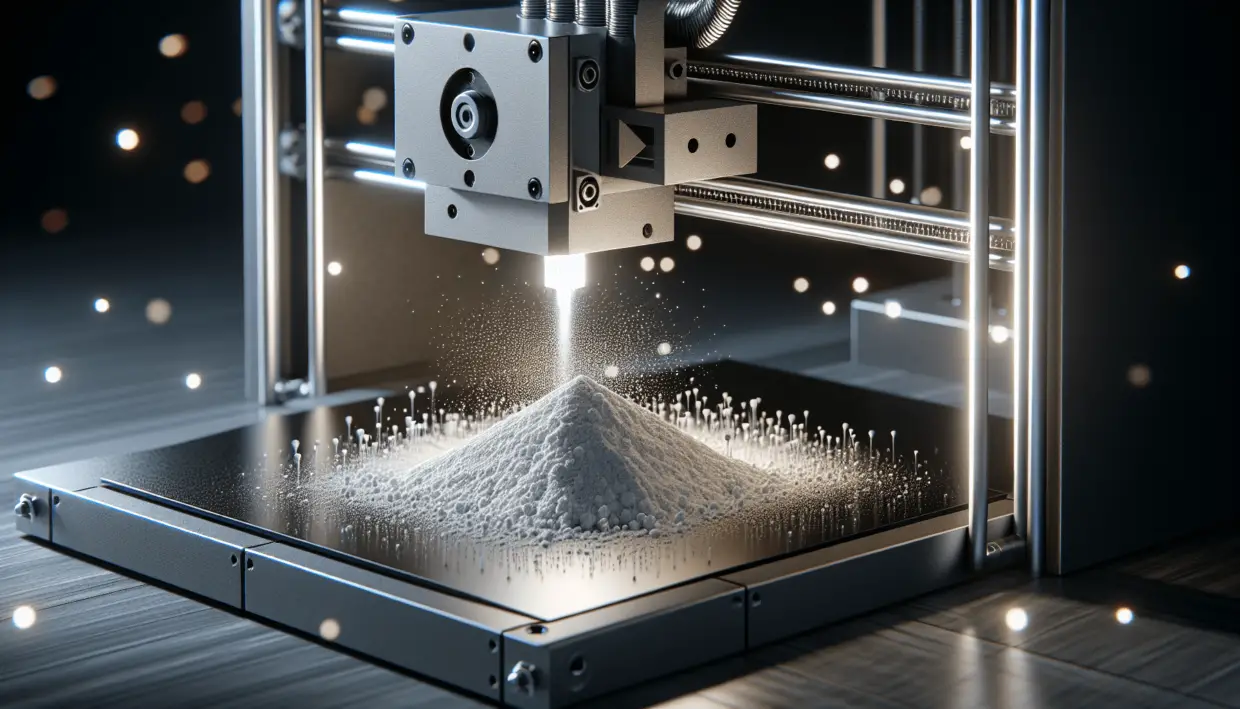
Conclusion
Selective Laser Sintering (SLS) is a powerful and versatile 3D printing technology that offers numerous advantages, from complex geometries to a wide range of material options. While it does come with challenges, the benefits often far outweigh the drawbacks.
Whether you’re an industry professional looking to adopt new manufacturing methods or a hobbyist eager to explore the next frontier of 3D printing, SLS offers limitless opportunities for creativity and innovation.
And there you have it! A comprehensive exploration of Selective Laser Sintering. Dive in, experiment, and let your imagination take flight. The future of manufacturing is here, and it’s incredibly exciting.
About Ultimate 3D
Learn everything there is to know about 3D Printers and the different components and printing materials.
Site Links
Copyright 2024 Ultimate 3D








Be the first to leave a comment